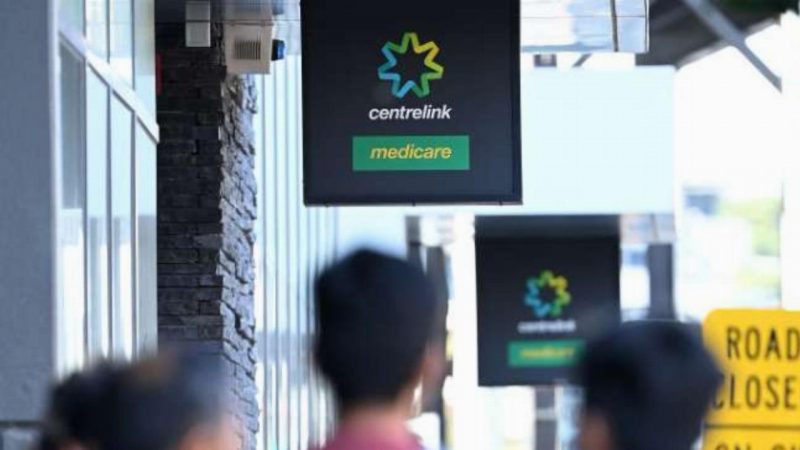- The Reserve Bank of Australia has called on the Federal Government to borrow more cash to aid economic recovery as the COVID-19 pandemic continues to spread in many parts of the world
- Governor Philip Lowe said yesterday afternoon more public spending is needed to mend the scars likely to be left from the COVID-induced economic protraction
- He said the Australian government should borrow more against future income to smooth out the hit to our current income
- Compared to other countries like Japan, the U.S., and Italy, Australia’s has a far smaller gross government debt as a percentage of GDP, meaning we certainly have enough wiggle room to up borrowing
- The Reserve Bank Governor said more borrowing is a manageable and affordable change and “the right thing to do in the national interest”
The Reserve Bank of Australia has called on the Federal Government to borrow more to aid economic recovery as the COVID-19 pandemic continues to spread in many parts of the world.
Yesterday afternoon, in a speech titled “COVID-19, the Labour Market and Public-sector Balance Sheets”, RBA Governor Philip Lowe said more public spending was the best way to mend the economic scars likely to be left from the pandemic.
He explained that even once the spread of the virus is curbed through vaccinations, scientific breakthrough, or better treatment for the infected, the economy will still have some lasting reminders of its time spent in lockdown.
Be it through young people struggling to get onto the jobs ladder, workers losing training opportunities, lower levels of investment in physical capital and research, or general damage to people’s lives from a long spell of unemployment, the Governor said severe economic protractions leave lasting damage years after recovery.
“The government can play an important role here by using its balance sheet to smooth things out and reduce the severity of the downturn,” Lowe said.
In principle, Governor Lowe explained, the government can help in two ways: direct transfers to households and spending money on activities that create jobs. The JobSeeker and JobKeeper platforms are examples of the former, while infrastructure and public health spending is an example of the later.
As such, in order to get the necessary money flowing around the economy, the government can borrow against future income to smooth out the hit to our current income.
“For a country that has got used to low budget deficits and low levels of public debt, this is quite a change.
“But it is a change that is entirely manageable and affordable and it’s the right thing to do in the national interest,” he said.
The Governor compared Australia’s gross debt as a percentage of Gross Domestic Product (GDP) to other countries to support the notion that increased borrowing would be a good thing.
Japan’s general government gross debt, for example, is over 200 per cent of GDP. Italy and the Unites States are each above 100 per cent, with France, Canada, and the U.K. each above 75 per cent of GDP. Australia’s debt, on the other hand, is below 50 per cent of GDP.
Governor Lowe said until the pandemic passes — which it will — Australian incomes will be temporarily lower and it “makes sense to smooth this out through fiscal support”.
He concluded with a reminder that “the foundations of the Australian economy are strong”.
“We have handled the health crisis better than many other countries and our economy is also faring better than many others,” he said.
“Public balance sheets in Australia are also in a strong position and they have been used to deliver unprecedented monetary and fiscal support to the Australian economy.”

